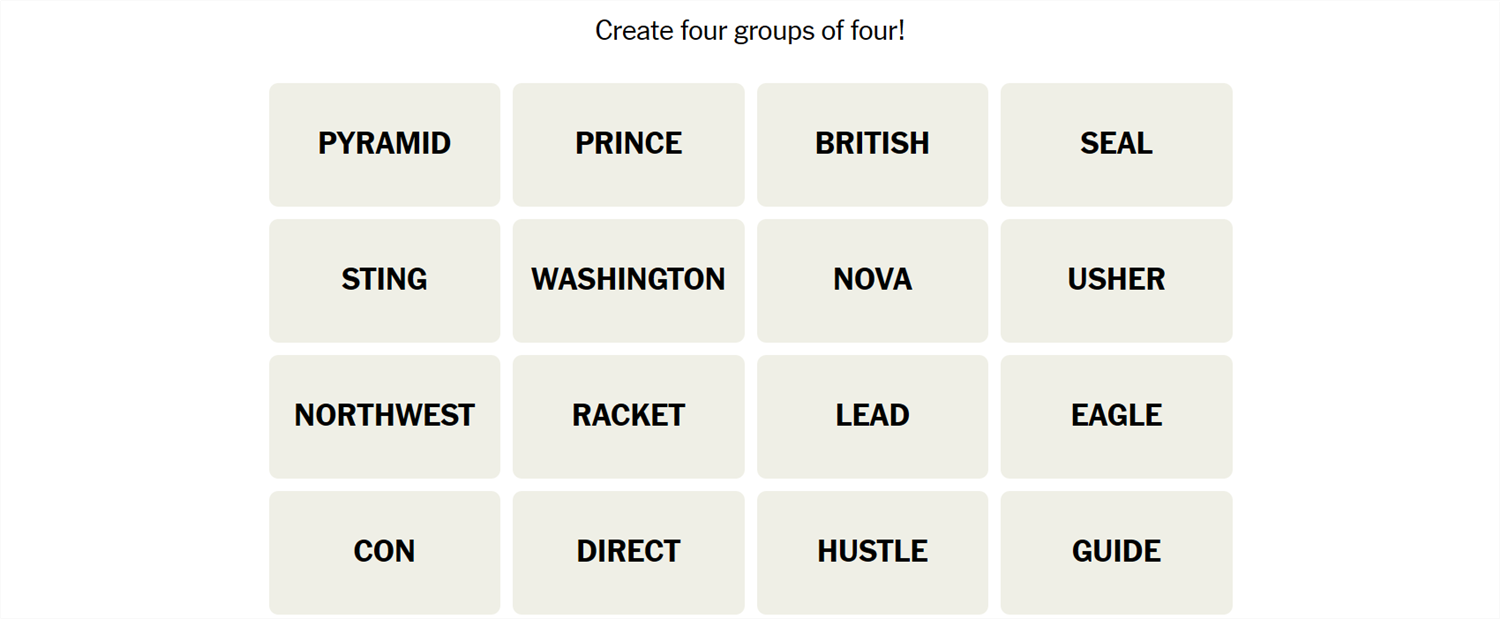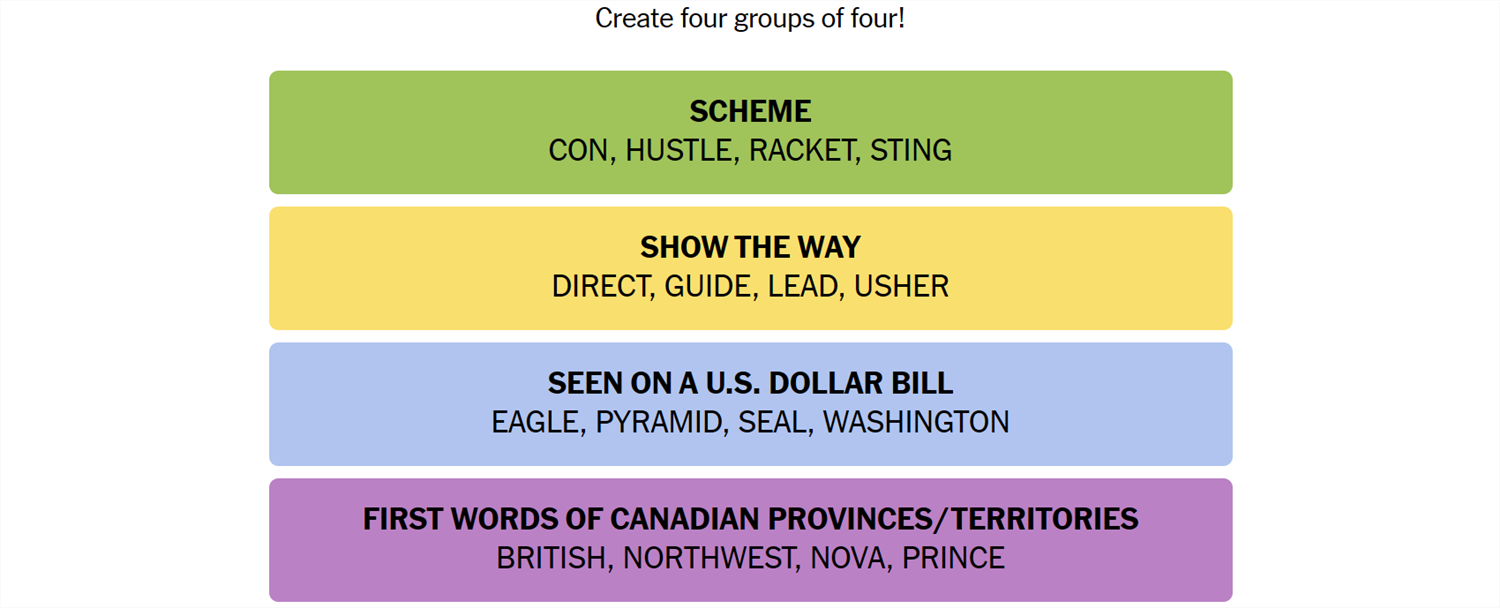Connections is a game from the New York Times that challenges you to find the association between words. It sounds easy, but it isn’t—Connections categories can be almost anything, and they’re usually quite specific. If you need a hand getting the answers, we’ve got you covered.
What Is Connections?
Connections is a game from the New York Times. The objective is simple: sort 16 words into groups of 4. Each group of words will be connected by some common idea or theme. That common element could be anything. We have seen everything from games that rely on the number of letters in the words to categories that require you to spot an extra letter at the end of the word. Sometimes they’re references to economics, other times they reference fairy tales. There is no telling what sort of association there will be between words.
Once you’re confident you understand the connection, select 4 words, then hit “Submit.” You have only four attempts in total, so don’t be too guess-happy.
Hints for Today’s Connections Groups
Here are a few hints for the 386th Connections game to get you started:
- Yellow: Which direction should we go in?
- Green: These aren’t things you want to get involved in.
- Blue: Design elements found on currency.
- Purple: Partial names of administrative divisions.
If you still need help, the actual group names are:
- Yellow: Show the Way
- Green: Scheme
- Blue: Seen on a U.S. Dollar Bill
- Purple: First Words of Canadian Provinces/Territories
Today’s NYT Connections Answers
Show the Way (Yellow):
Direct, Guide, Lead, Usher
Scheme (Green):
Con, Hustle, Racket, Sting
Seen on a U.S. Dollar Bill (Blue):
Eagle, Pyramid, Seal, Washington
First Words of Canadian Provinces/Territories (Purple):
British, Northwest, Nova, Prince
How Did We Solve This Connections Game?
July 1st felt difficult compared to most games.
I immediately spotted con and hustle as negative terms for some kind of scheme, and racket and sting weren’t too difficult to throw in either. Pyramid also seemed like it should be related, but after guessing it, the game informed me that I was wrong. The Green group included con, hustle, racket, and sting, and was named “Scheme.”
Next, I looked at the word usher. Unless you’re talking about the musician, usher means “to guide, show, or direct someone in a specific direction.” That made it pretty straight forward to pick out direct, guide, and lead as the other words in the Yellow group, which was “Show the Way.”
The next two groups were much harder.
Eventually—after mulling it over for much too long—I realized that U.S. Dollar Bills have an eagle, a pyramid, a seal (not the animal), and Washington on them.
British, Northwest, Nova, and Prince never clicked for me. Purple was “First Words of Canadian Provinces/Territories.” I may have figured out provinces eventually, but including Northwest (as in the Northwest Territories) threw me off the trail completely.
How Do You Guess Connections Groups?
There is no quick, reliable way to approach Connections like there is with Wordle, since Connections isn’t algorithmic. However, there are a few things to keep in mind that can help.
- Look for similar parts of speech. Are some words verbs and others nouns? Are some adjectives? Try mentally grouping them based on those categories and see if any other patterns jump out at you.
- Are the words synonyms? Sometimes categories will just be synonyms for a phrase, or very close to synonyms. Don’t rely too closely on this, though. Occasionally, Connections will deliberately throw in words that are sometimes synonyms to mislead you.
- Try saying the words. Sometimes, saying the words helps. One puzzle we saw included the words go, rate, faster, clip, pace, speed, move, commute, and hurry—all of which are obviously related to the idea of motion. However, when you say them, it becomes a little more obvious that only four (go, move, hurry, faster) are things you’d actually say to prompt someone to get moving.
- Expect the red herring. Connections usually has words that could be plausibly, yet incorrectly, grouped together. Take the words Bud, Corona, and Light, as an example. You might instinctively see those three words together and assume they’re lumped together in a category related to beer—but they weren’t.
- Look for distinct words. If a word on your board doesn’t have multiple meanings or can really only be used in one context, try using that word as the basis for a category.
- Shuffle the board. Sometimes, moving words around will help you look at them in new ways.
If you didn’t solve this one, don’t feel too bad—there’s always tomorrow! And those words may align with a topic you’re interested in, giving you a leg up on the competition.





